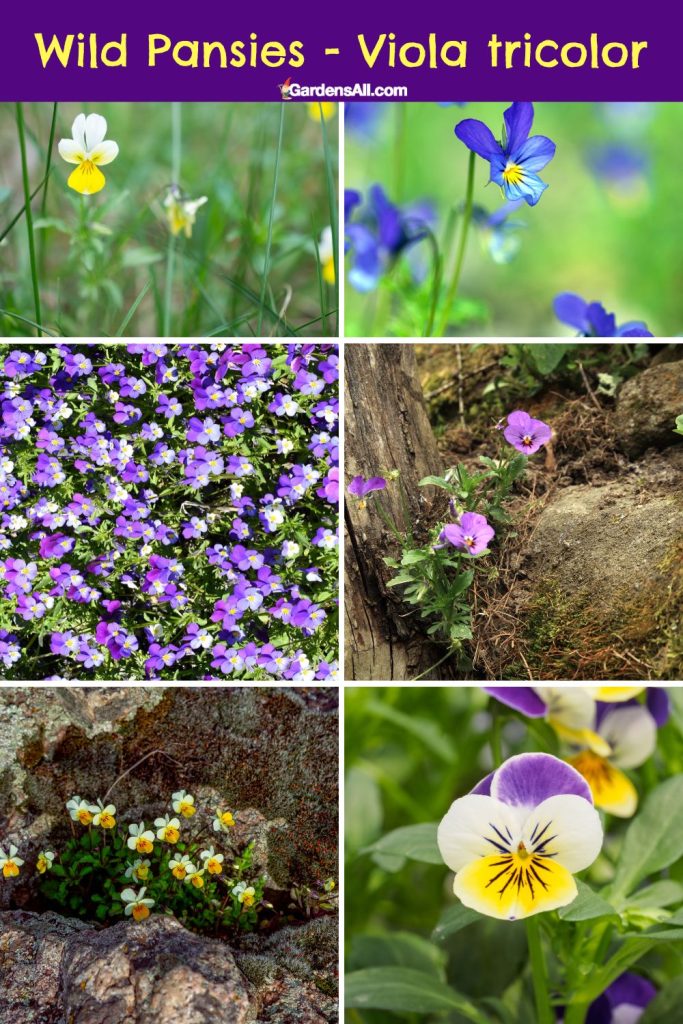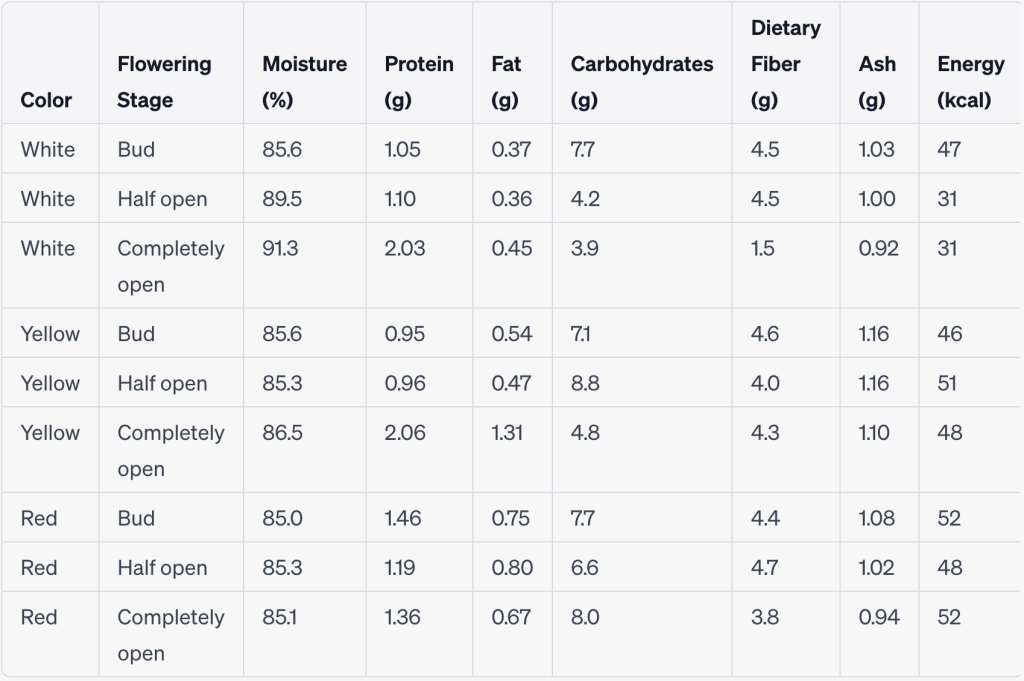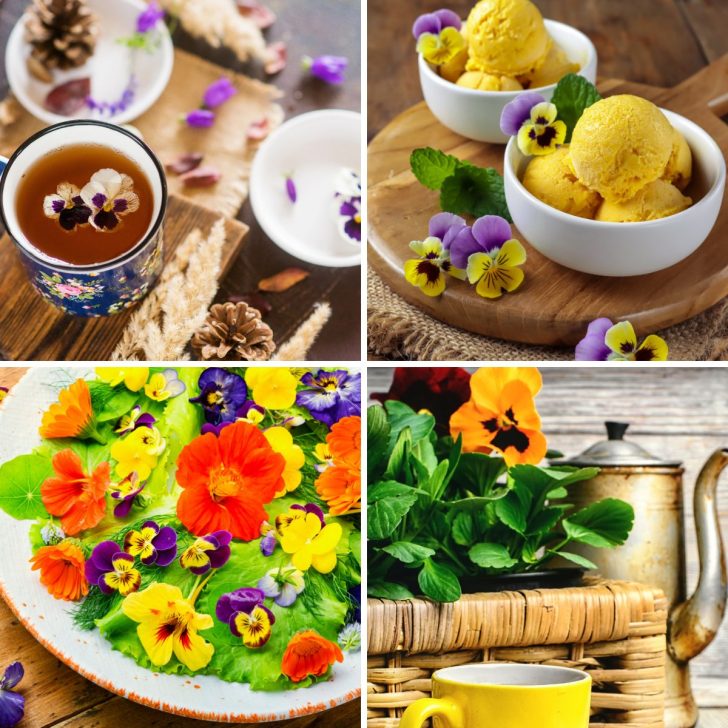Pansies, with their vibrant hues and delicate petals, have been a decorative centerpiece in gardens and floral arrangements for years. But beyond their visual appeal, are pansies edible flowers?
Yes! Pansies are amongst the popular edible flowers favored for gourmet cuisine and culinary decorative flair.
Let’s delve deeper.
Are Pansies Edible for Humans?
Yes! Pansies are not just a visual treat; they offer a culinary delight as well. For centuries, various cultures have incorporated pansies into their cuisine because of their mild, grassy flavor, and at times, a slightly sweet to hint of spicy bitter nuance.
1. Culinary Uses: Pansies can be used in various dishes to add color and a touch of elegance. They’re often found garnishing salads, desserts, and cocktails. Their petals can be candied for a decorative and sweet treat or used to make beautiful butters and spreads.
2. Nutritional Value: While pansies are mostly used for their aesthetic appeal in dishes, pansies do contain beneficial vitamins and minerals. They’re rich in vitamin C and antioxidants, which are known for their immune-boosting properties. It’s just that most people assume they’re abn attractive garnish without being aware of the edible and nutritional benefits of pansies.
PRECAUTIONS: When eating pansies or any edible flowers, ensure that they have not been treated with pesticides or other chemicals. It’s best to consume pansies you’ve grown organically or bought specifically for culinary purposes.
If you’re new to growing pansies, you may wish to check out our article on when to plant pansies from seeds or seedlings.
Pansy Edibility for Pets
What about our pets? Are pansies edible for dogs and cats?
Pansies and Dogs/Cats: Generally speaking, pansies are not toxic to dogs or cats. It’s possible that excessive consumption could cause a mild stomach upset in some pets, however most pets aren’t so inclined to.
Pansy Scientific Name and Family
The familiar garden pansy is botanically known as Viola x wittrockiana. The wild pansy is scientifically known as Viola tricolo4.
Pansies Taxonomy
- Kingdom: Plantae
- Subkingdom: Tracheobionta (Vascular plants)
- Superdivision: Spermatophyta (Seed plants)
- Division: Magnoliophyta (Flowering plants)
- Class: Magnoliopsida (Dicotyledons)
- Subclass: Dilleniidae
- Order: Violales
- Family: Violaceae (Violet family)
- Genus:Viola L. (violet)
- Species: Viola x wittrockiana (the garden pansy)
- Genus:Viola L. (violet)
- Family: Violaceae (Violet family)
- Order: Violales
- Subclass: Dilleniidae
- Class: Magnoliopsida (Dicotyledons)
- Division: Magnoliophyta (Flowering plants)
- Superdivision: Spermatophyta (Seed plants)
- Subkingdom: Tracheobionta (Vascular plants)
Brief Comparison Between the Wild Pansy and Garden Pansies
1. Viola tricolor (Wild Pansy)
- Historically, the wild pansy has been used for various medicinal purposes across different cultures.
- It has been employed as a remedy for skin conditions such as eczema and acne due to its anti-inflammatory properties.
- It has also been used for respiratory ailments, serving as an expectorant for conditions like bronchitis.
- The diuretic properties of wild pansy have been used to promote urine production and potentially aid in removing toxins from the body.

2. Viola x wittrockiana (Garden Pansy)
- Garden pansies are primarily bred for their ornamental value. As a result, they come in a wider range of colors and often have larger blooms than wild pansies.
- There’s limited documented evidence regarding the medicinal benefits of garden pansies. This is not to say they don’t possess any medicinal properties, but historically and in traditional herbal medicine, the wild pansy has been the primary source of therapeutic applications.
- If garden pansies are used medicinally, it is essential to ensure that they haven’t been treated with pesticides or other chemicals, especially if they are to be ingested or used topically.

Let’s explore some more…
What Are Pansies Edible and Medicinal Benefits and Uses
The medicinal benefits commonly ascribed to pansies largely come from historical uses of the Viola tricolor, or wild pansy, rather than the cultivated garden pansies (Viola x wittrockiana). However, it’s reasonable to assume that the garden pansy also has some medicinal benefits similar to its wild relative and family member wild violets.
1. Pansy Culinary Uses
a. Garnishes: Pansies can be used as an edible garnish, adding color and elegance to salads, desserts, cakes, and beverages.
b. Edible Flowers: The petals have a mild, grassy flavor, making them suitable for culinary dishes.
c. Candied Pansies: By crystallizing the petals with sugar, pansies can be used to create delightful cake and dessert decorations.
2. Pansies Medicinal Uses
Historically, pansies, especially the wild pansy or heartsease (Viola tricolor), have been used for various medicinal purposes:
a. Skin Conditions: Pansy has been used in traditional medicine as a remedy for eczema, acne, and other skin conditions because of its anti-inflammatory properties.
b. Respiratory Ailments: Traditionally, pansy has been used to treat respiratory problems like bronchitis or whooping cough.
c. Diuretic Properties: Some cultures have used pansy as a diuretic, helping increase urine production and potentially aiding in the removal of toxins from the body.
d. Anti-inflammatory: The anti-inflammatory properties of pansies have also made them useful for conditions like rheumatism.
3. Cosmetic Uses
a. Skincare Products: Due to their potential anti-inflammatory properties, pansies are sometimes included in natural skincare products aimed at soothing the skin.
4. Gardening and Landscape Uses
a. Ornamental Plant: Due to their vibrant and diverse colors, pansies are popularly used as ornamental plants in gardens, flower beds, and pots.
b. Winter Blooms: Pansies are cold-tolerant, making them one of the few flowers that can bloom in cooler temperatures and brighten winter landscapes.
5. Symbolic Uses
a. Symbolism: Pansies have long been associated with thoughts, remembrance, and love. They often appear in literature and art as symbols of contemplation, nostalgia, or affection.
b. Victorian Language of Flowers: In the Victorian era, pansies were used in the “language of flowers” to communicate messages that couldn’t be spoken aloud. A bouquet containing pansies might carry a message of loving thoughts or remembrance.

Proven Garden Pansy Nutrients by Color
Below is a simplified table based scientific research highlighting the nutritional components of garden pansies, specifically focusing on the differences between colors and flowering stages:
All the values in the table below are based on per 100 grams of fresh weight (g/100 g fw) of Viola × wittrockiana.

Nutritional Composition of Viola × wittrockiana by Color and Flowering Stage

This table provides a snapshot of the key nutritional components of garden pansies based on their color and development stages. While the data presents specific metrics for red pansies, it suggests increasing trends in certain antioxidants for white and yellow pansies as they develop from bud to full bloom.
Nutraceutical Antioxidant Composition of Dried Viola × wittrockiana by Color and Flowering Stage
The values below represent the average nutraceutical composition of dried Viola × wittrockiana for every gram of dry weight (g dw).

Table Key
- GAE: Gallic Acid Equivalent
- TAE: Tannic Acid Equivalent
- QE: Quercetin Equivalent
- Cy-3 glu: Cyanidin-3-glucoside
- TRC = Total Reducing Capacity of antioxidant to free radicals
DPPH and Reducing Power values indicate antioxidant capacities. Lower DPPH and Reducing Power values mean stronger antioxidant properties.
NOTE: The table represents the mean values. Differences among flower stages and colors are indicated by letters, with statistical significance at P-value < 0.05.
Proven Pansy Antioxidant Benefits Explained
Carotenoids: Red flowers, especially when fully open, are the champions in carotenoids, compounds known for their antioxidant properties and importance for vision.
Monomeric Anthocyanins: Once again, the Red flowers lead the pack when they are completely open, showcasing a high content of monomeric anthocyanins. These natural compounds are often linked to improved heart health and giving fruits and veggies their vibrant colors.
Flavonoids: White flowers in their fully bloomed stage shine bright in flavonoids. These powerful antioxidants are known to support heart health, combat inflammation, and aid in preventing certain diseases.
Hydrolyzable Tannins: The completely open White flowers also stand out for their rich tannin content. Tannins are substances that can aid digestion and have anti-inflammatory properties.
Overall Antioxidant Capacity: For a comprehensive antioxidant boost, which plays a key role in protecting our cells and combating the aging process, the Red and White flowers, particularly when they’re fully open, are the top choices.
Study Conclusion of Pansy Benefits
“The Viola × wittrockiana flower has been studied for its health-promoting benefits, particularly in its ability to act as an antioxidant. Antioxidants are compounds that help protect our cells from damage by harmful molecules called free radicals.
Antioxidants are the body’s internal “clean-up crew.”
In the above cited study, several tests were used to measure pansy’s antioxidant strength. Among these were tests for ‘Reducing Capacity,’ ‘DPPH Scavenging,’ and ‘Reducing Power.’ In simple terms, these tests assess how well the flower can donate protective electrons, neutralize specific harmful molecules, and bolster our body’s natural defenses against cellular damage, respectively.
The results of these tests provide a clear picture:
The Viola × wittrockiana flower is a powerhouse of antioxidant benefits, helping to fortify our body’s defenses.”
SCIENTIFIC STUDY CREDIT: Fernandes L, Ramalhosa E, Baptista P, Pereira JA, Saraiva JA, Casal SIP. Nutritional and Nutraceutical Composition of Pansies (Viola × wittrockiana) During Flowering. J Food Sci. 2019 Mar;84(3):490-498. doi: 10.1111/1750-3841.14482. Epub 2019 Feb 19. PMID: 30779144.[5]https://pubmed.ncbi.nlm.nih.gov/30779144/[6]https://core.ac.uk/download/pdf/286079264.pdf
Conclusion
Pansies, with their myriad of uses and benefits, have seamlessly integrated into various facets of human culture and lifestyle. Whether admired in a garden, enjoyed on a plate, or utilized for their medicinal properties, pansies indeed prove that their gift are more than superficial. Instead, they’re super beneficial!
You may also enjoy our other pansy articles:
- When to Plant Pansies
- Are Pansies Perennials or Annuals?
- Growing Pansies in Pots
- What Temperature Kills Pansies?
I’m LeAura Alderson, a garden, herb and plant enthusiast with a passion for discovering the many edible and medicinal benefits of the plants all around us, including the weeds! I’m a writer, editor and media publisher for our family of websites.
While I was certified in fitness and life coaching, I am NOT a health practitioner. However, I’m a lifelong health enthusiast, with a keen interest in healthy, organic foods and making home remedies and the content we share is from our own experience and usage as well as that extracted from scientific research so that you can explore further on your own.
Always seek the advice and guidance of your health practitioners first and foremost.
As a family we’re steadily expanding our gardening, experimentation and knowledge around all things gardening, edible landscaping, fresh organic foods and self sustainability with farming in our future. I also own and manage iCreateDaily.com, a site all about transformation through creation, and the power of positivity, optimism and mindset.
References

